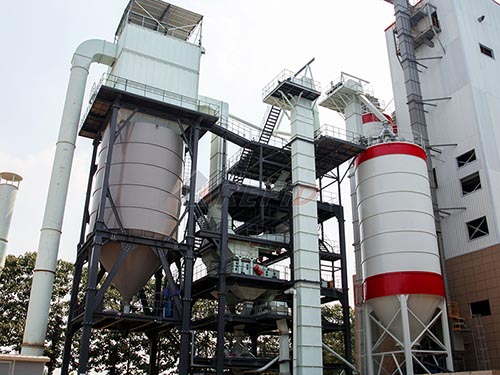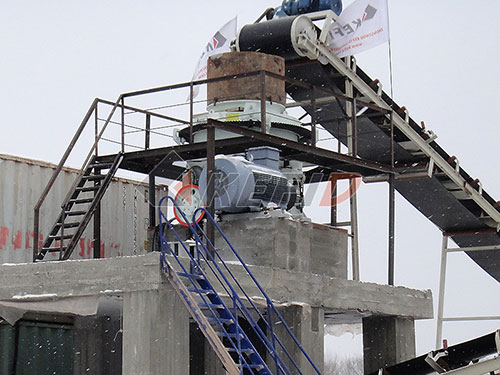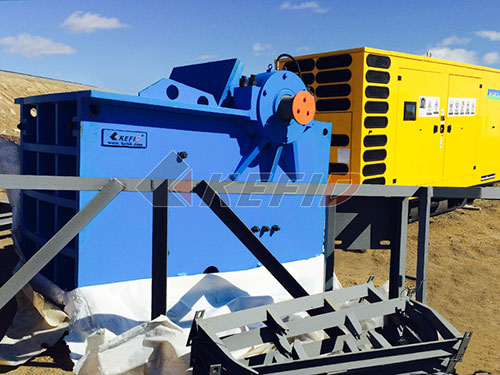Stone Crusher With Hydrulic Accumulator Swedla Arbara Sweeden
The Swedish Powerhouse: Stone Crushers Enhanced by Hydraulic Accumulators
Within the demanding world of aggregate production and mining, stone crushers are the indispensable workhorses. Among the most robust and technologically advanced solutions available, those originating from Sweden – particularly designs incorporating hydraulic accumulators – represent a pinnacle of engineering focused on reliability, efficiency, and protection. While specific models like those historically produced in en or Arbrå (often referenced in industry contexts) embody this legacy, the core technology itself is a hallmark of Swedish crushing excellence.
Understanding the Core: Jaw Crushers and the Need for Protection

Jaw crushers operate on a fundamentally simple principle: a fixed jaw and a moving jaw exert immense compressive force to break large rocks into smaller fragments. This process inherently generates significant shock loads and vibrations:
1. Cyclic Loading: Each crushing cycle subjects the entire structure to intense pressure as material is compressed.
2. Uncrushable Objects: Inevitably, tramp metal or other uncrushable material ("tramp iron") enters the crushing chamber.
3. Uneven Feed: Variations in feed size and hardness cause fluctuating loads.
Without mitigation, these forces translate into excessive stress on bearings, frames, flywheels, and drive components, leading to premature wear, unexpected downtime, and costly repairs.
The Hydraulic Accumulator: A Swedish Innovation for Resilience

This is where the hydraulic accumulator integrated into the crusher's toggle system becomes a game-changer. It functions as an intelligent energy reservoir:
1. Energy Absorption: During normal crushing cycles and especially upon encountering overloads or uncrushables, the hydraulic fluid compresses nitrogen gas stored within the accumulator bladder or piston.
2. Shock Damping: This compression acts like a highly sophisticated shock absorber, absorbing the peak kinetic energy generated by sudden load spikes (like hitting tramp iron) that would otherwise travel destructively through the machine.
3. Pressure Relief & Reset: If pressure exceeds a safe threshold (indicating an uncrushable object), hydraulic valves open, allowing the moving jaw to retract ("lift"), releasing the trapped object safely onto the discharge conveyor. Once cleared, hydraulic pressure automatically resets the jaw position for continued operation.
4. Reduced Peak Loads: By smoothing out load fluctuations during regular crushing, accumulators significantly reduce peak stresses on mechanical components like bearings and shafts.
Tangible Benefits: Why Swedish Design with Accumulators


